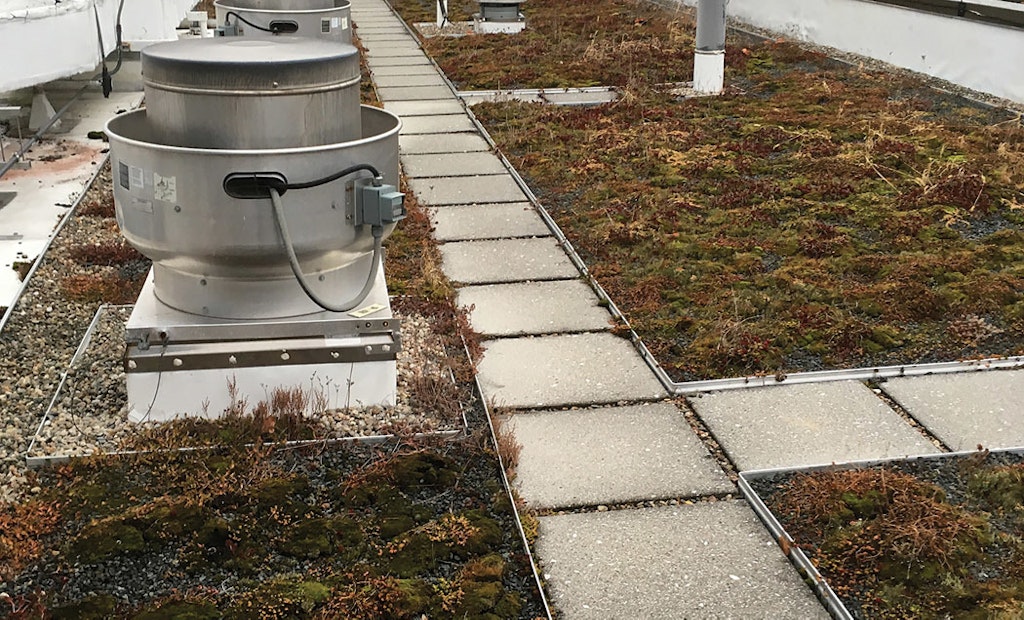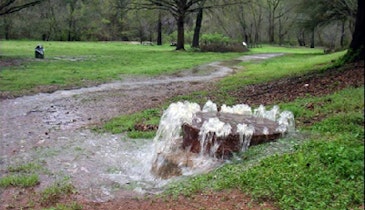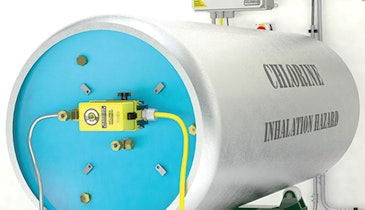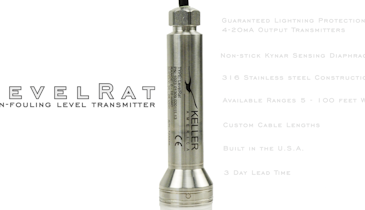Interested in Energy?
Get Energy articles, news and videos right in your inbox! Sign up now.
Energy + Get AlertsThe journey toward an energy efficiency award for the Winnipesaukee River Basin Program started many years ago.
In 2019, the New Hampshire Department of Environmental Services and NHSaves recognized the program’s clean-water facility as the most efficient in the state based on flow. NHSaves is a collaboration of the state’s electric and natural gas utilities that promotes energy efficiency and environmental action.
The Winnipesaukee River Basin Program, is a regional utility serving 10 communities in the Lakes Region of central New Hampshire. It operates an activated sludge treatment plant in Franklin (11.5 mgd design, 6.4 mgd average). It uses 853 kWh per million gallons treated, far below the national benchmark of 1,200 to 2,400 kWh for similar-sized activated sludge plants.
Sharon McMillin, administrator, says the Winnipesaukee River Basin Program has a long track record of making cost-effective energy efficiency investments since its first energy audit in 2003. It has had two more energy audits since then. “It’s just kind of ingrained that we look for the most energy efficiency, best cost-benefit, and best life-cycle cost, whether we do individual replacements or capital projects,” McMillin says.
Savings in aeration
The biggest energy savings came from replacement of the aeration and grit blowers during a capital project in 2010-12. Three old blowers were replaced with two 100 hp and two 150 hp turbine blowers (APG-Neuros), automated and controlled by a SCADA system based on dissolved oxygen in the aeration tanks. In the grit chamber, three new Aerzen blowers operate one at a time to help settle out solid material.
Ken Noyes, chief operator, says replacing the coarse-bubble diffusers with fine-bubble diffusers (Sanitaire - a Xylem Brand) achieved payback from energy savings in one year. Together, those changes cut the electricity usage for aeration in half, and because aeration accounts for 40% to 50% of the plant’s energy use, the reduction was substantial. “The plant’s energy use was cut by about 25% just by that one upgrade,” McMillin says.
Centrifuges dewatering
Another significant reduction came by changing from plate-and-frame filter presses to centrifuges for dewatering biosolids. The filter presses were losing effectiveness, forcing operators to work until 9 p.m. at night and on Saturdays during the summer, “and we still couldn’t keep up in the summertime,” Noyes says. “With the centrifuges, we operate five days a week with no overtime, and the solids are more consistent.”
Although the centrifuges draw more electricity than the filter presses, they are much more efficient and only need to operate about one-third as much. That means lower labor costs, along with lower cost to haul the drier biosolids. The plant produces Class B biosolids, which are applied to hay and other nonfood crop fields. Other steps taken to save energy include:
- Reflective roofing and vegetated roofing on the administration/operations building
- An upgrade of the UV disinfection system so it no longer needs to be supplemented with chlorine tablets for flows over 10 mgd and it now operates at 24 kW instead of 86 kW
- Replacing two 40 hp plant water pumps with two 15 hp and two 25 hp pumps (MCI Flowtronex) with variable-frequency drives (ABB)
- Several lighting upgrades
- A new entry vestibule that paid for itself in three months from savings on heat
- Upgrades and rightsizing of the main switchgear and transformer
- No solar, no cogeneration
Over the years, the utility considered but rejected solar power and cogeneration with biogas. “Neither was cost-effective for us,” McMillin says. “We use the biogas to heat our anaerobic digesters and to heat our occupied buildings.”
Solar power also has not been economically feasible. “Because we are a state agency, we pay the state rate of 8.5 cents per kWh versus the utility rate of 11 cents,” McMillin says. “Solar developers wanted to start power purchase agreements at 11 cents. We can’t immediately pay more to have solar.” In addition, there were physical constraints to the placement of solar panels that would affect construction cost.
Still, solar power and cogeneration remain as potential future projects. “We keep those on the radar,” McMillin says. “For example, if we do anything with our solids handling and produce more biogas, we may revisit cogeneration. The same thing with solar. That technology is changing rapidly, and the installation costs have come down since we last looked at it only three years back. It may become cost-effective or the state laws may change.”
Options open
McMillin considers it essential to evaluate each energy reduction or energy production project on a case-by-case basis. For example, the treatment plant uses most of the biogas it produces but it flares some in the summer, when the facility accepts more septage and when heat demand is lower. The staff has looked at ways to use the excess gas instead of flaring it.
“We evaluated just using what we were flaring for some sort of cogeneration, but the cost of cleaning up the biogas was prohibitive for that amount of gas,” McMillin says. “Sometimes it looks good on paper until you start asking questions. Is it really feasible and cost-effective? Or do you spend that money somewhere else where you can get a better payback?”






